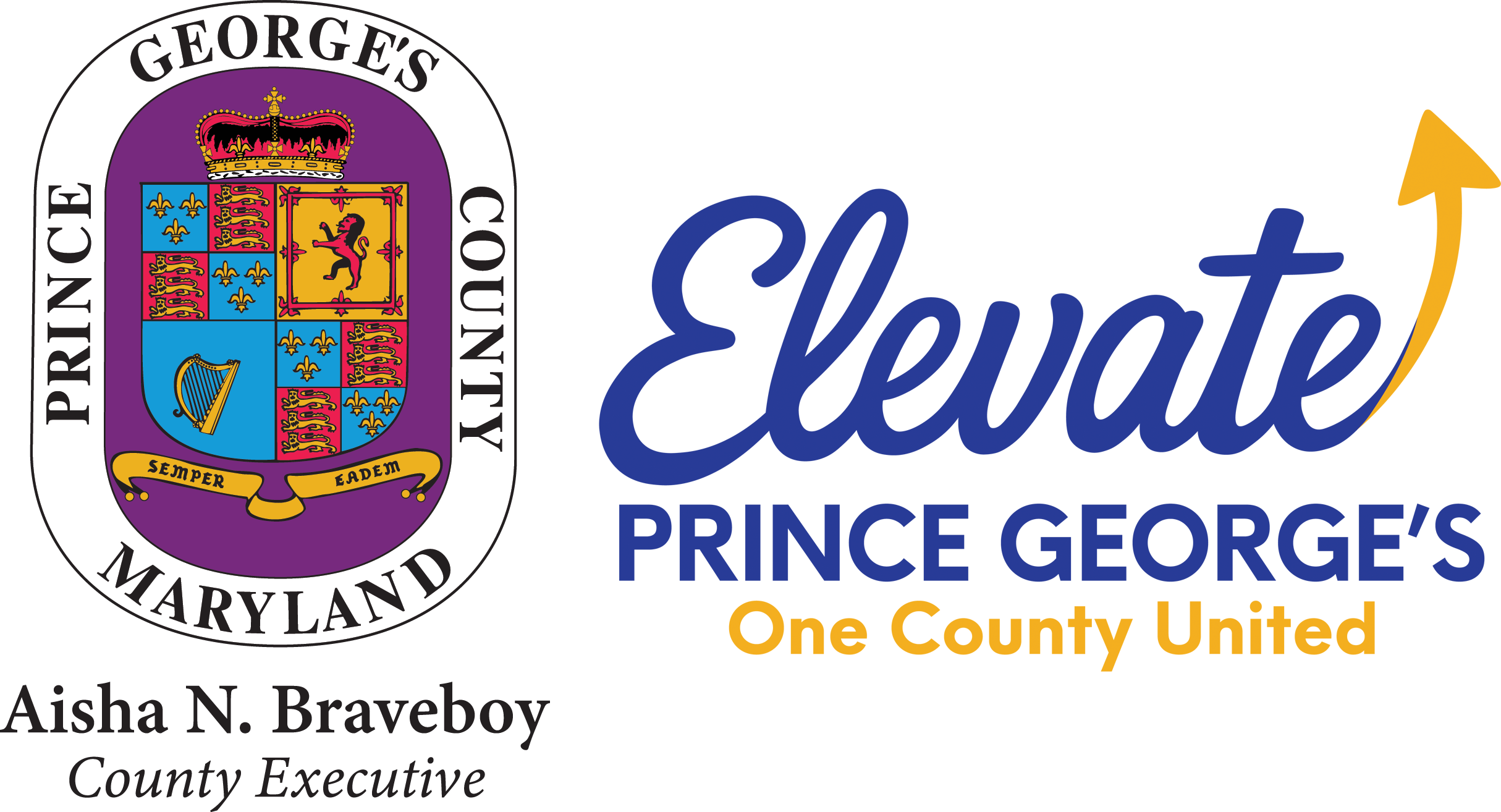

Strategic Plan
Read the full Prince George's County Office of Information Technology Strategic Plan.
Strategic Pillars
The 2-Year Technology Strategic Plan for Prince George’s County Government is structured around five interdependent strategic pillars that work collectively to drive innovation, economic inclusion, and operational excellence across the County. These strategic pillars guide the County’s efforts to not only respond to economic challenges but also proactively shape its future as a national model of tech-driven governance and inclusive growth.
Strengthen the Local Tech Ecosystem
Identify investment for innovation hubs, funding programs, and partnerships with universities and local entrepreneurs to grow County-based technology companies, reduce reliance on federal contracts, and create new revenue and jobs.
Build a Robust Technology Career Pipeline
Launch initiatives such as the PGC AI & Emerging Tech Academy, FutureReady PGC, and an AI Talent Incubator to provide residents, especially youth and underrepresented communities, with pathways into high-demand careers in AI, quantum, cybersecurity, and cloud computing.
Transform Government Through Emerging Technologies
Modernize operations by adopting AI, robotic process automation (RPA), data analytics, and cloud-first, quantum-ready infrastructure to improve efficiency, transparency, and constituent service delivery.
Deploy Interceptive Technologies for Community Impact
Implement AI-based threat detection, smart health surveillance, environmental sensors, and connected classroom initiatives to enhance public safety, health, environmental protection, and education equity.
Modernize Infrastructure & Strengthen Cybersecurity
Consolidate IT governance, upgrade infrastructure with zero-trust architecture, establish a Countywide Cybersecurity Command Center, and adopt quantum-safe encryption to ensure secure, scalable, and resilient technology systems.
